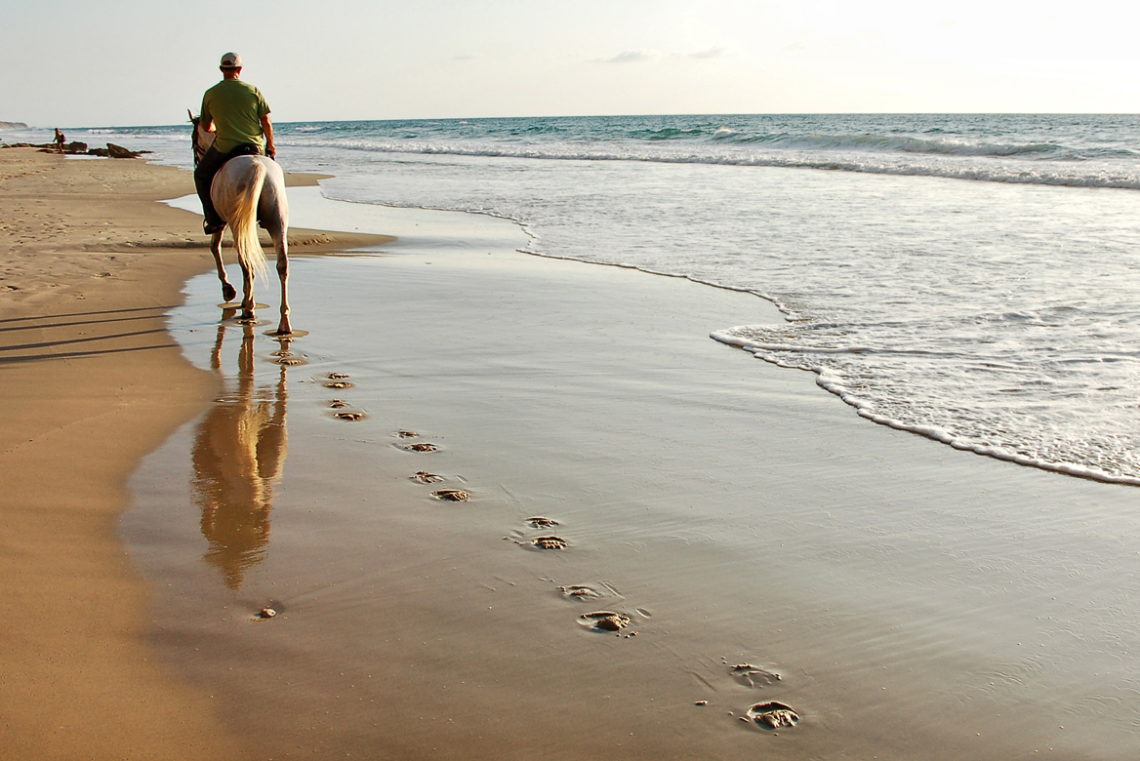
Thomas Yocum
For nearly two centuries, windmills were a vital part of life on the Outer Banks. Heavy wooden wheels studded with stout pegs rumbled to the cadence of wind. Canvas-covered blades whoosed overhead, grinding grain into fresh flour and meal that filled bread pans and muffin tins in nearly every island kitchen.
The importance of windmills was recognized long ago by the British officials in the young Carolina colony. "An Act to Encourage Windmills" was passed in 1715 -- one of the first significant steps of the administration of then-Governor Eden. The act granted a half-acre of public land to anyone wishing to build a windmill, provided the mill was operational within two years. The miller was granted a one-eighth share of the ground grain -- usually corn or wheat -- in return for the service.
"Massive things they were, these windmills, with a sail diameter of 40 feet and more and they began to dot the landscape long before there was a North Carolina," said the renowned Outer Banks author and journalist Ben Dixon MacNeill in a 1955 newspaper article.
At least 22 windmills stood along the Outer Banks and the northern reaches of Pamlico Sound. Hatteras Island had a dozen scattered throughout the villages of Avon, Buxton, Frisco and Hatteras. Ocracoke Island had two more, including one that stood in the middle of Ocracoke Inlet on Shell Castle Island. Roanoke Island had as many as four, dotting the island from the northern tip south to Wanchese.
Although Outer Banks residents grew little corn or wheat in the sandy soil, they had plenty of fish and shellfish to trade. A load of salted fish could be swapped for bushels of grain grown on the mainland. The heavy sacks were then brought back across the sounds where they could be ground as needed.
Windmills employ ancient technology. They are first mentioned in the seventh century in Persia, now Iran. Legends say Genghis Khan's troops captured Persian millers and forced them to introduce windmill technology to China, where it is still used to power irrigation systems. By the 12th century, windmills had spread to Europe where they were especially important for coastal regions that lacked elevation changes necessary to power conventionalwater-driven mills and to pump water from low-lying areas.
Two basic windmill designs evolved among the Europeans. Dutch mills used a rotating top, or cap, which stood atop a large, multi-storied building. The cap and vanes were then spun to match the direction of the wind. German windmill design allowed the entire building to be turned into the wind. Like a huge birdhouse on a giant post, the windmill sat on a single heavy pole braced with sturdy supports.
The face of the German mills could be turned by pushing a long pole that was attached to the base of the mill house. A wheel which rolled along the ground at the other end of the pole allowed the job to be done by one person. Once the windmill was facing the right direction, the mills could be locked in place by steps that were lowered from the pole by a lever.
Although not as efficient as the Dutch design, the German design was practical and even somewhat portable. Wood from the forests and Shipwrecks that dotted the Outer Banks were ideal materials for the sturdy little structures.
It's hard to over-estimate the importance windmills had on the villages and people along the Outer Banks. "I am 76 years old and can remember the old mill very well, having taken many bushels of corn up the steps and waiting to take the meal back home," recounted Outer Banks resident Allen Taylor in a 1950 magazine account.
"The whole set up was entirely dependent upon the wind. At times, during the fall of the year, I recall their were whole weeks when the mill stood idle and useless due to calm weather, and sometimes the supply of meal would get so low that people would pray for wind as they often do now for rain," Taylor said. "The amount of sail depended on the velocity of the wind. To make good meal, the rocks should not be turned too fast. This meant that if the wind became heavy, the sails had to be reefed, just as in a sailing vessel."
"My father used to dry the new corn in the fall on the sail of his boat which was spread on the porch roof of our home. My, but that was good corn-bread my mother baked in the 12-inch cast iron spider in the open fireplace," he said.
Many of the Outer Banks windmills were destroyed by the Great Hurricane of 1899, when the storm battered the coast -- and the exposed mills -- for three days with top winds estimated at more than 155 miles per hour. After the storm, many of the mills simply weren't rebuilt. Advancements in technology in internal combustion engines and steam engines provided a more reliable power source. Large mills on the mainland started supplying cheap four and meal to the Outer Banks and the sound of the great blades turning in the breeze quietly faded away.




